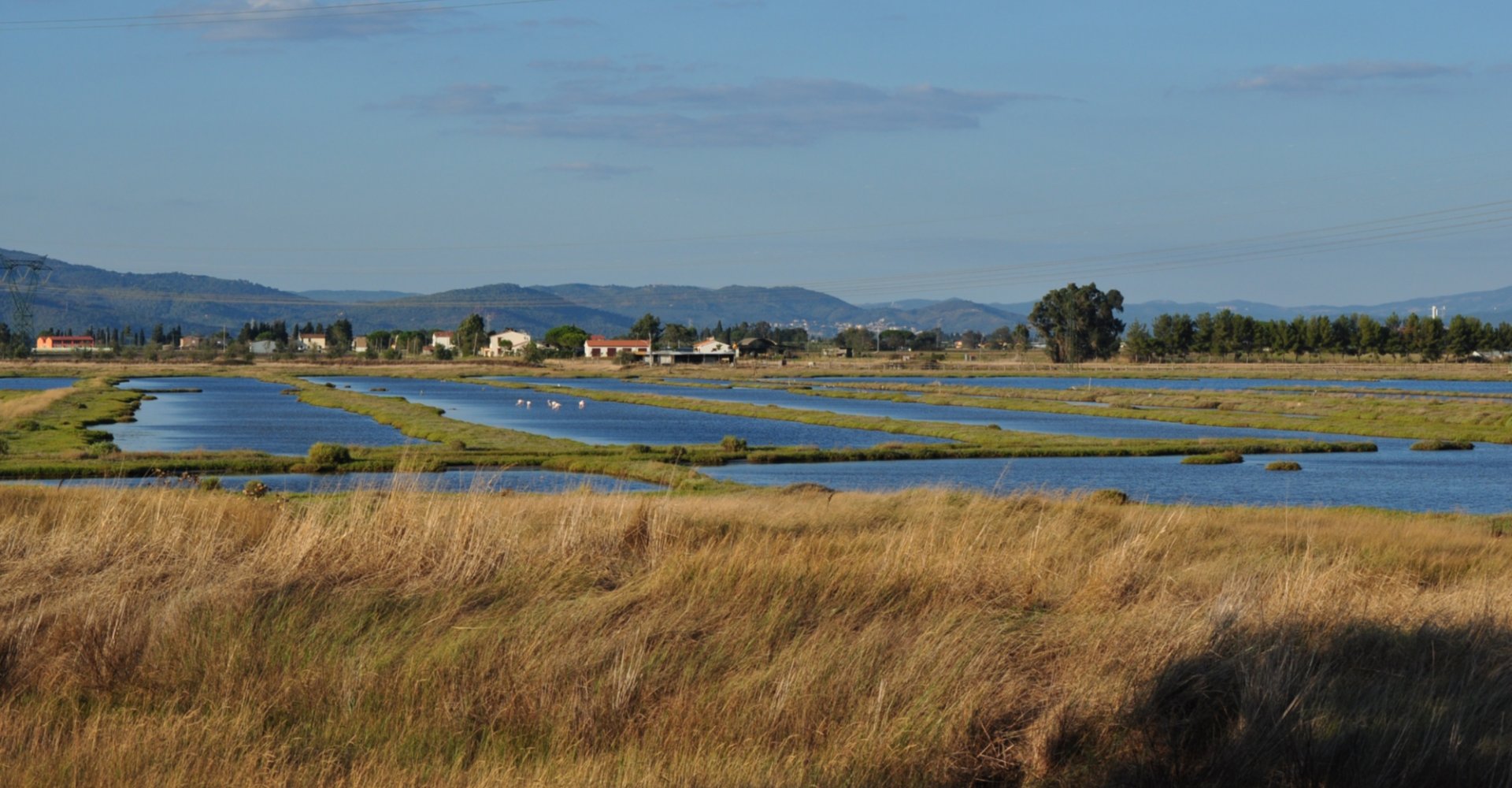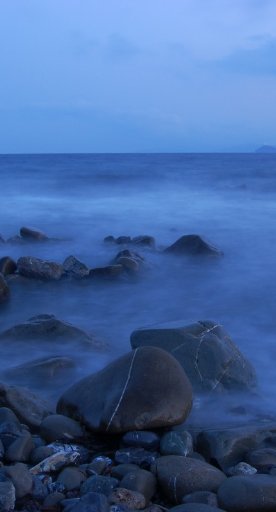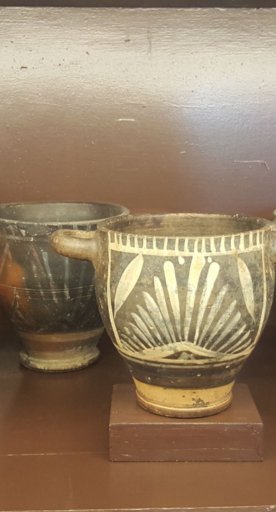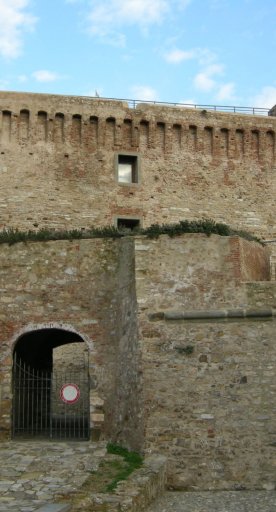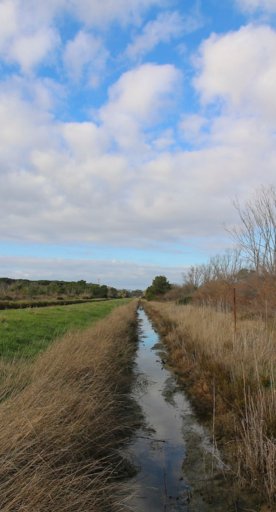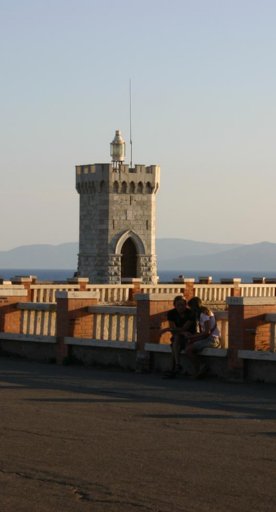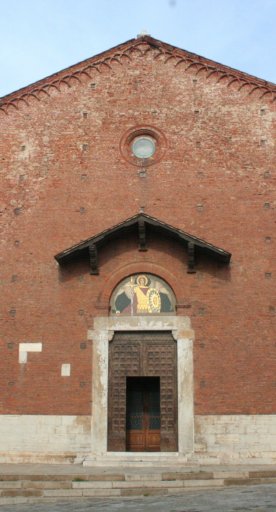Orti Bottagone WWF Nature Reserve
The protected wet area in Piombino, where flamingos fly
This splendid Nature Reserve is one of the rare wet zones in Italy and the last-remaining trace of the swampland that once dominated the Val di Cornia. The Reserve extends for around 100 hectares in a flat coastal zone, with two marshes: Bottagone, with fresh water and rushes and where water lilies, reeds and orchids grow, and Orti, with salt water and Salicornia. Together, the two marshes comprise a true oasis of biodiversity, which guarantees adequate habitats for many animal and plant species, particularly many species of birds, some that nest and others that only show up during certain times of the year.
There are 230 species that have been counted at different times of the year, including the mallard, flamingo, kestrel, black-winged stilt and great spotted cuckoo, as well as many transitory species that stop at the Reserve in the spring and autumn.
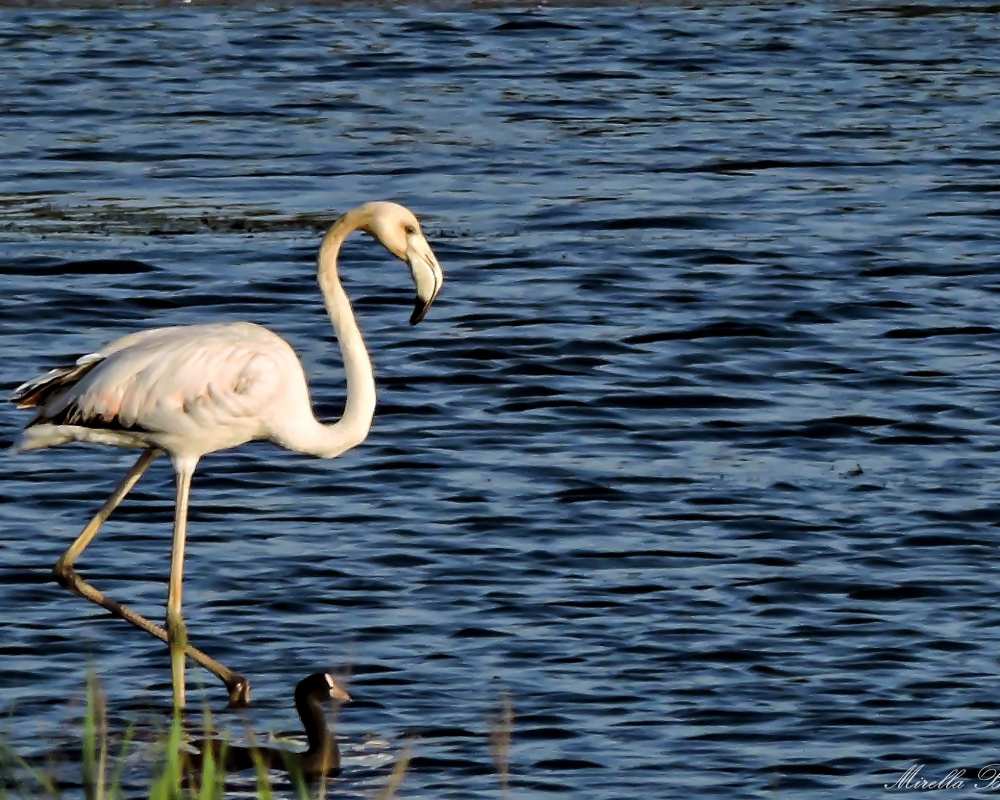
There are two Nature Paths for visiting the Reserve; it’s possible to walk both in single day. The paths are flat and are not difficult to traverse.
The Orti Nature Path (salt water area) is particularly ideal for bird watching; walking these paths, visitors can observe flamingos, elegant little egrets, numerous herons, many species of ducks, couples and young black-winged stilts, great cormorants and various species of birds of prey.
The plant life is made up of low and dense carpets of salicornia and sea purslane with algae, indispensable plant organisms for the habitat’s ecological balance and a primary food source for many animal species. Various types of fish live in the low and rich waters. Along the path, especially on the wooden bridges, it is easy to see traces of the mammals that cross through here: porcupine spines, traces of predation, food remnants, waste of nocturnal birds of prey and tracks.
At the Bottagone Nature Path (fresh water area) visitors can see rushes – the largest in the Province of Livorno – and ponds, otherwise nearly invisible, and a stilted walkway that ends in a double observatory for taking photographs. During the walk, visitors can follow the evolutions of birds in flight: little egrets, swallows, western marsh harriers, various species of ducks… Plus, there is fauna that may be less considerable but is nonetheless important for the ecological balance of the area, including tree frogs, green frogs, common toads, European green toads, northern crested newts and smooth newts. There are also reptiles like European pond turtles, Hermann's tortoises, green whip snakes, four-lined snakes and grass snakes.
The plant life is also interesting: there are all the plant species typical of fresh water zones and flood plains.
Info: wwf.it
